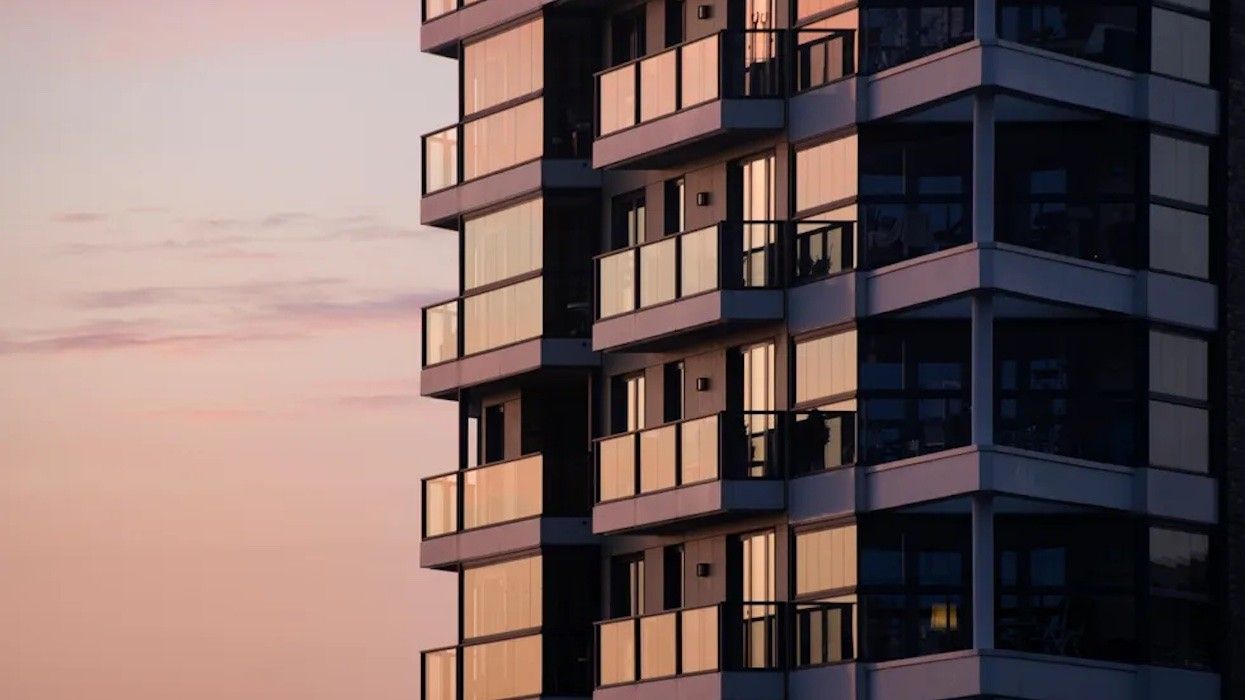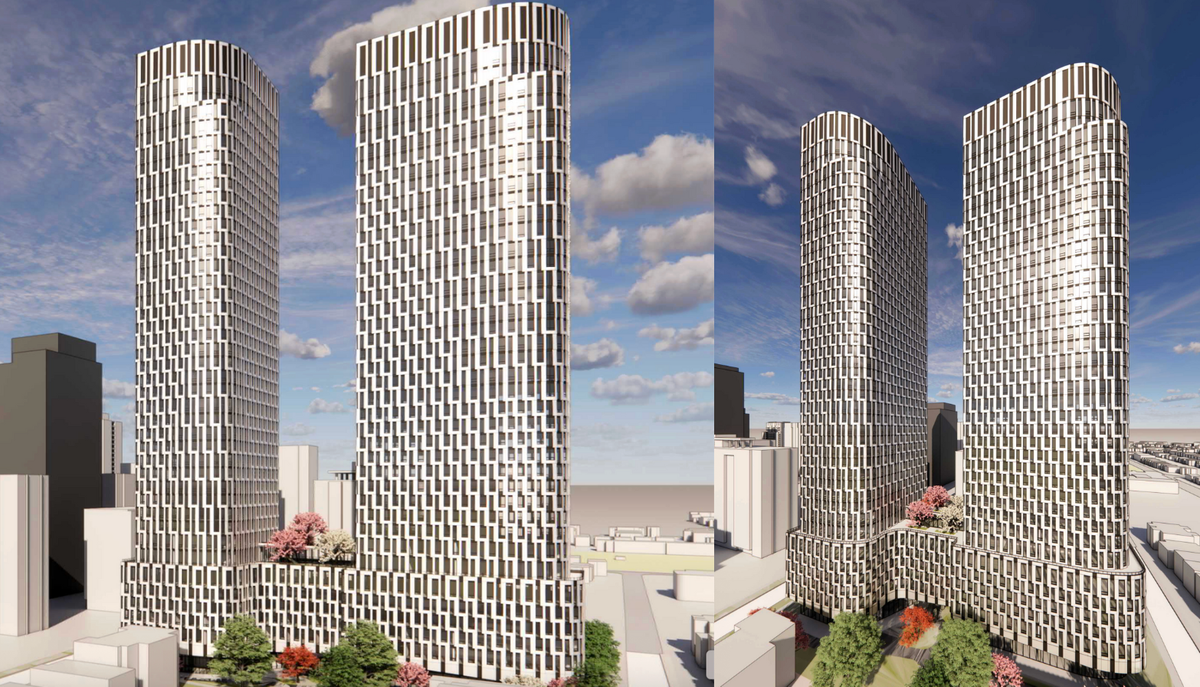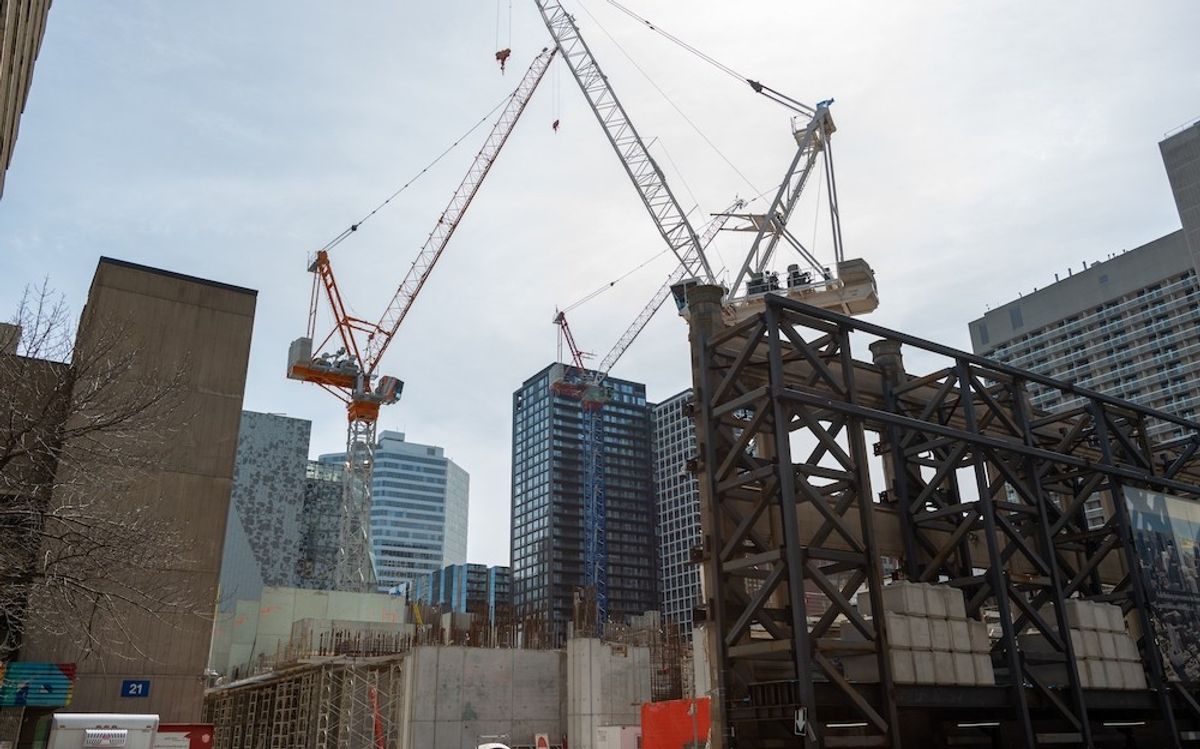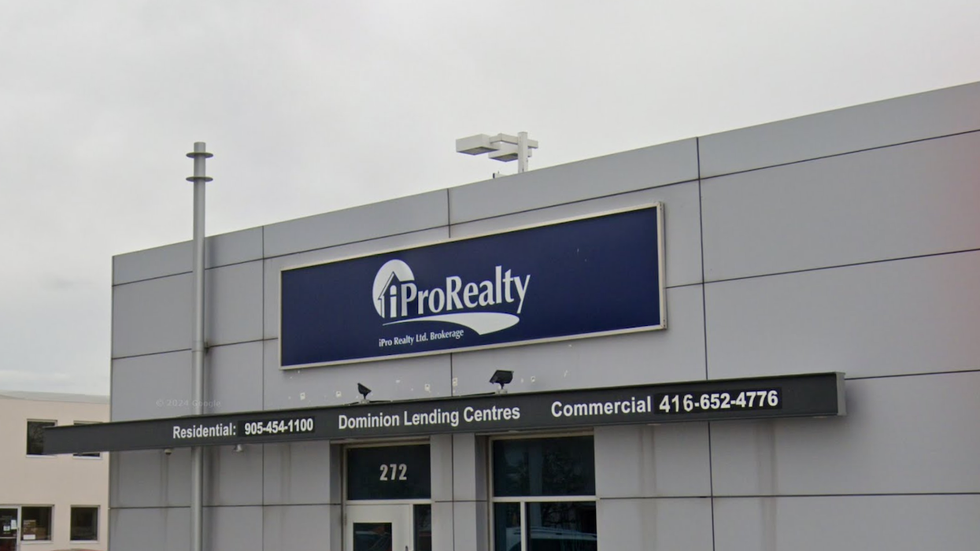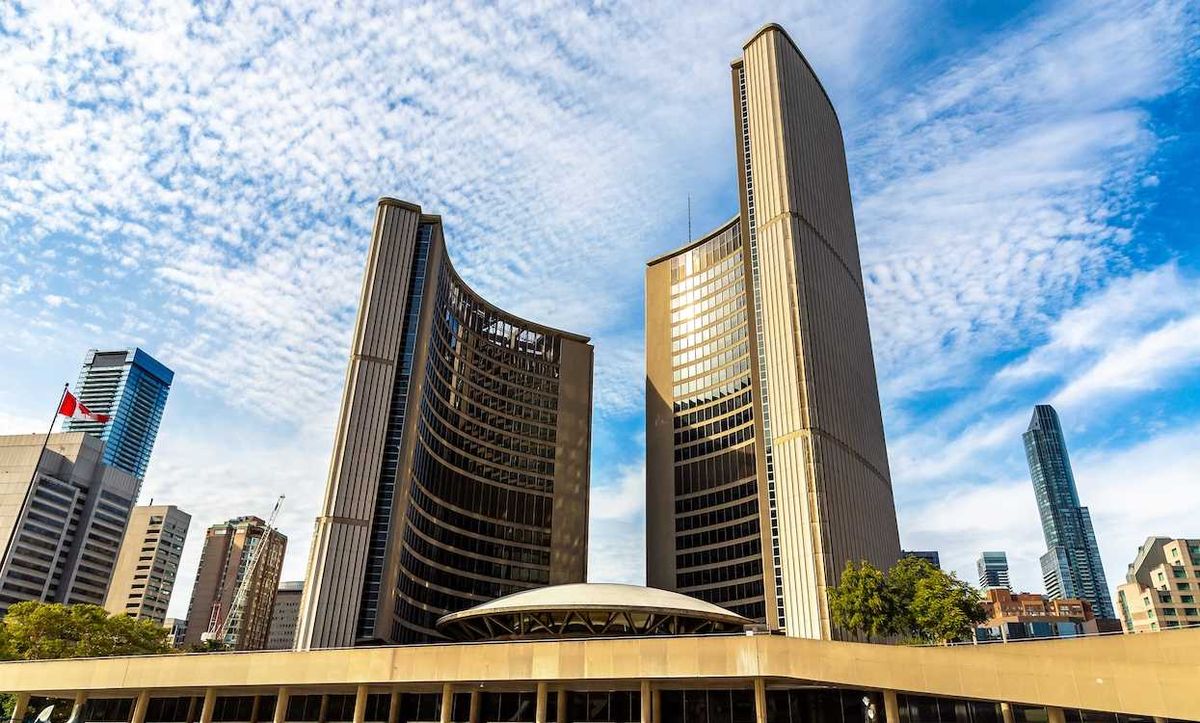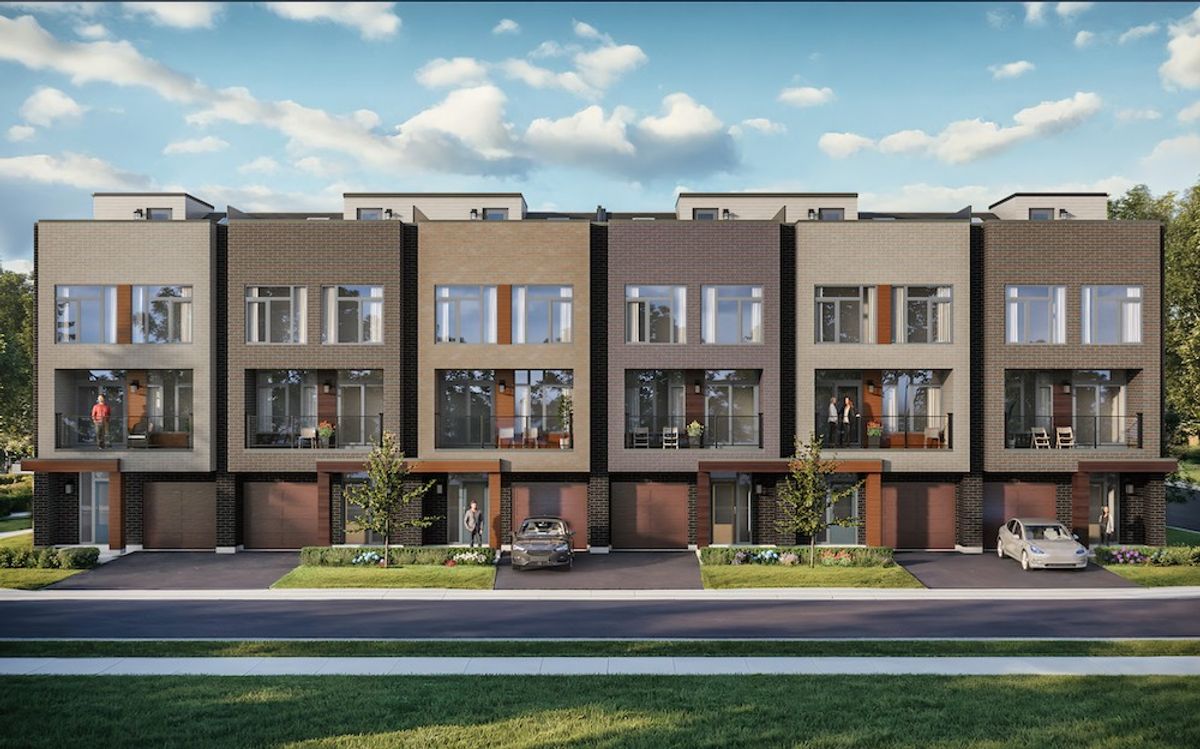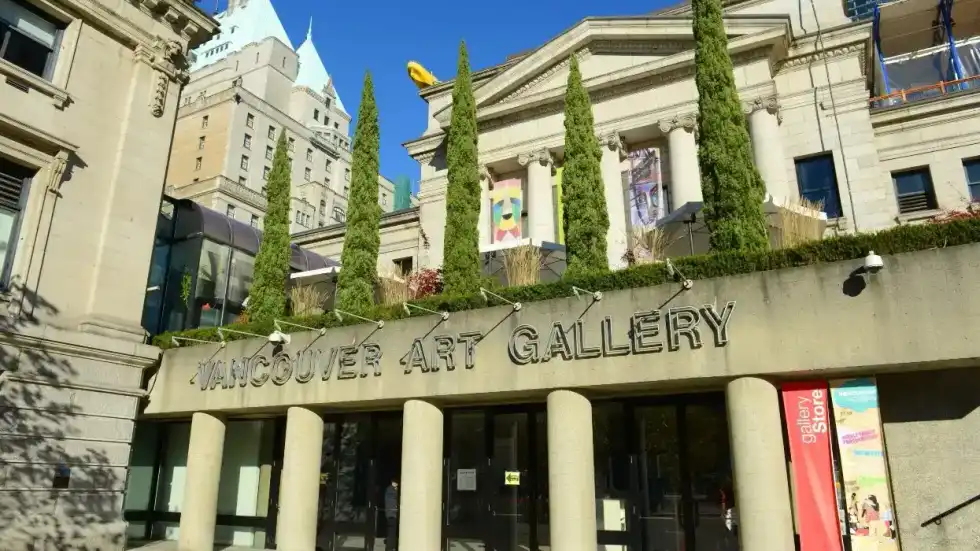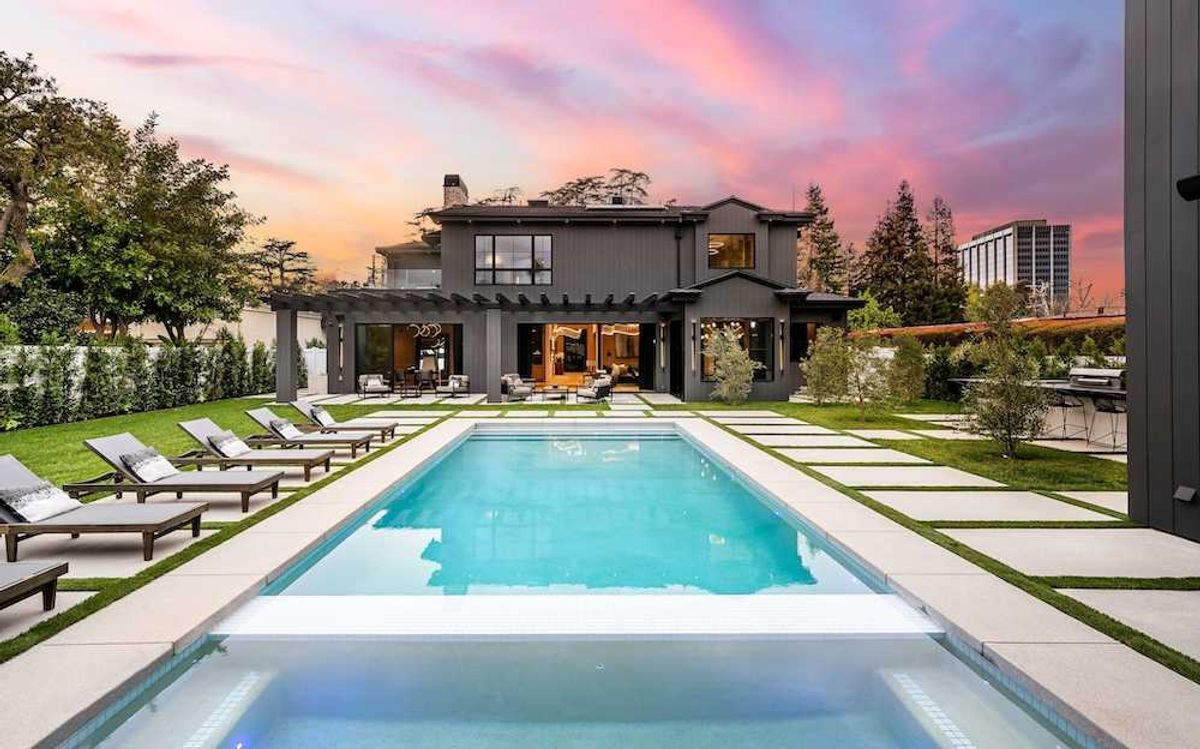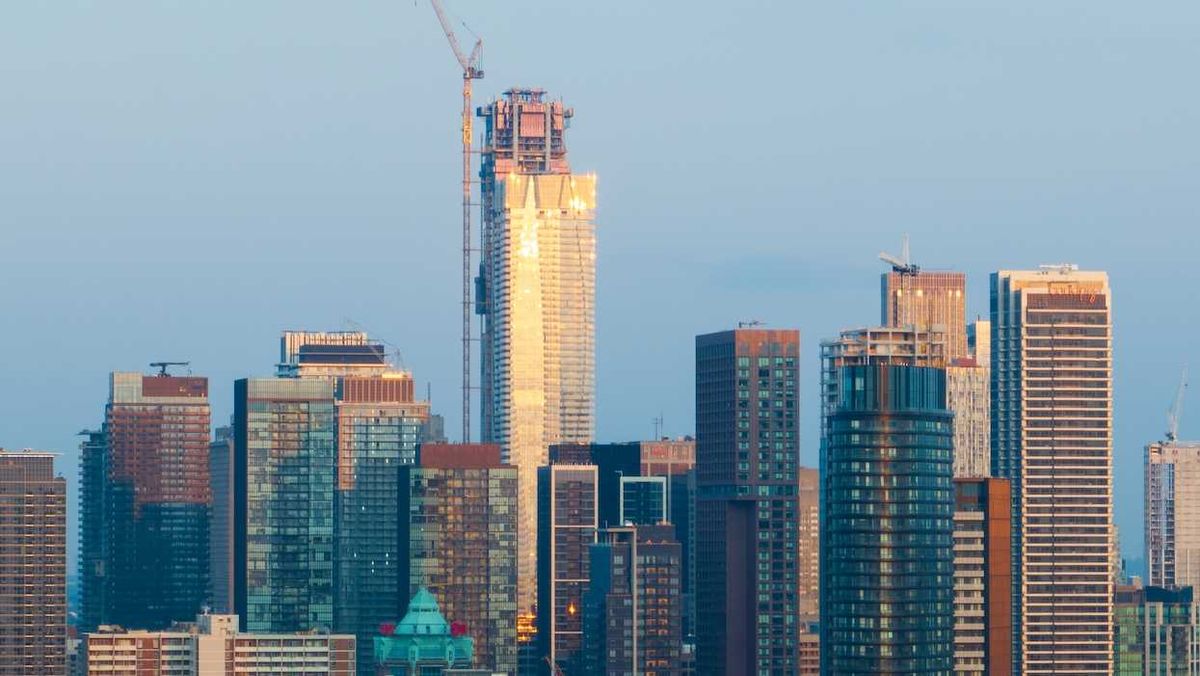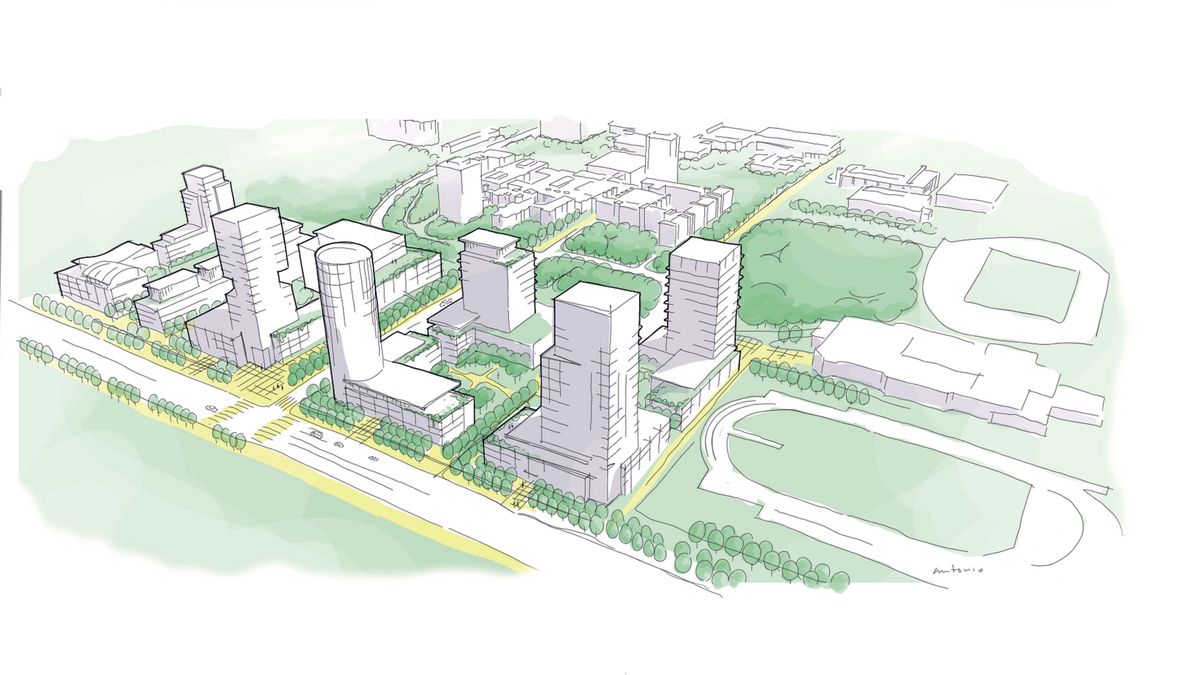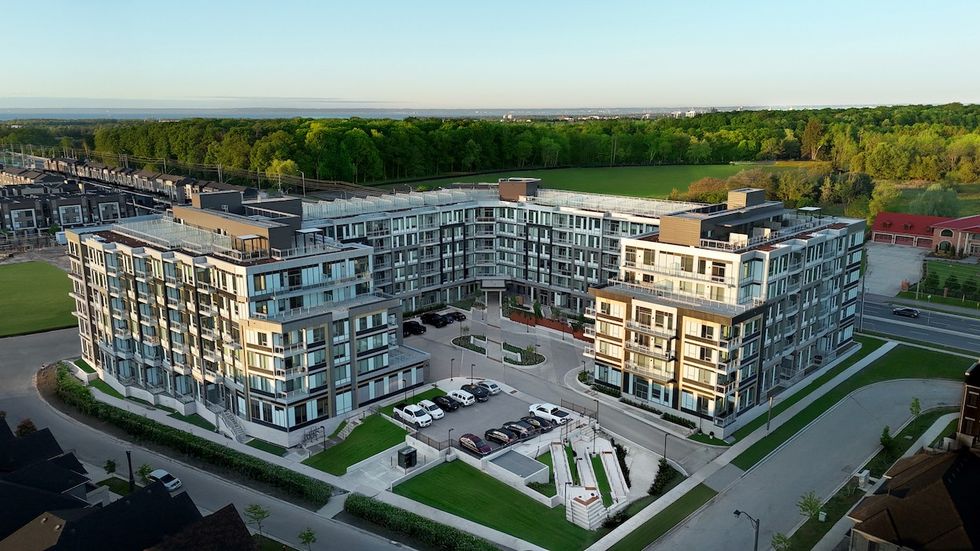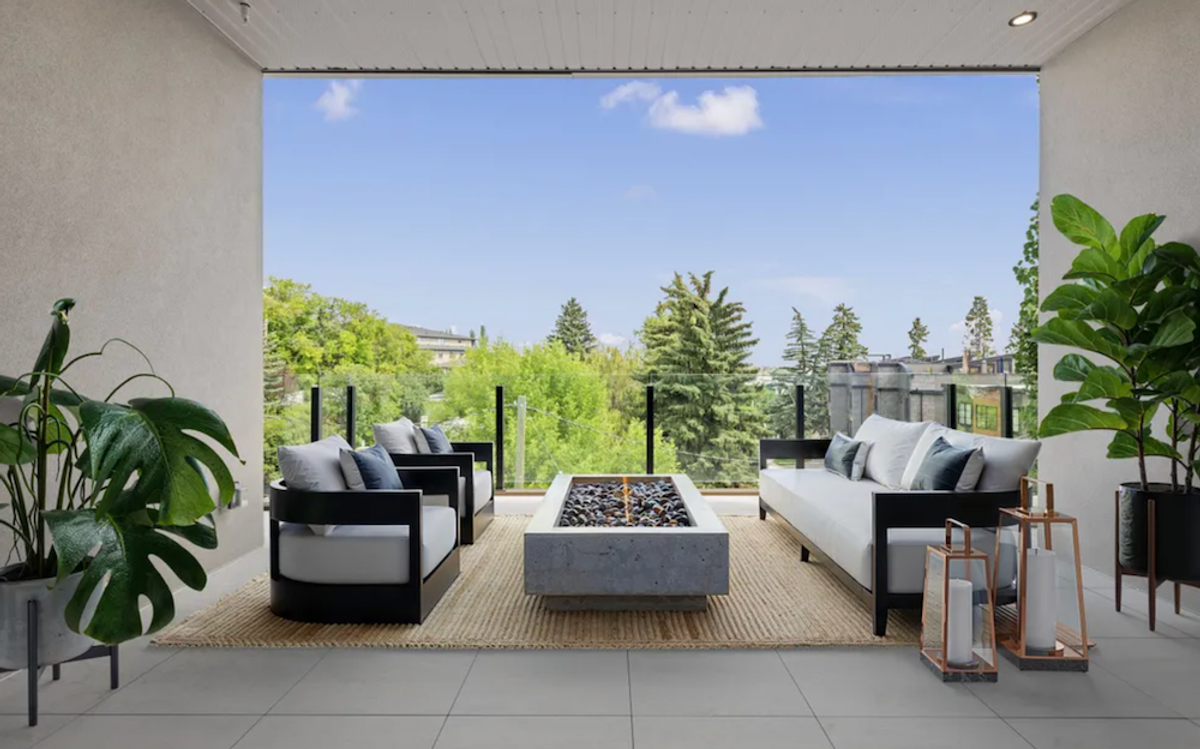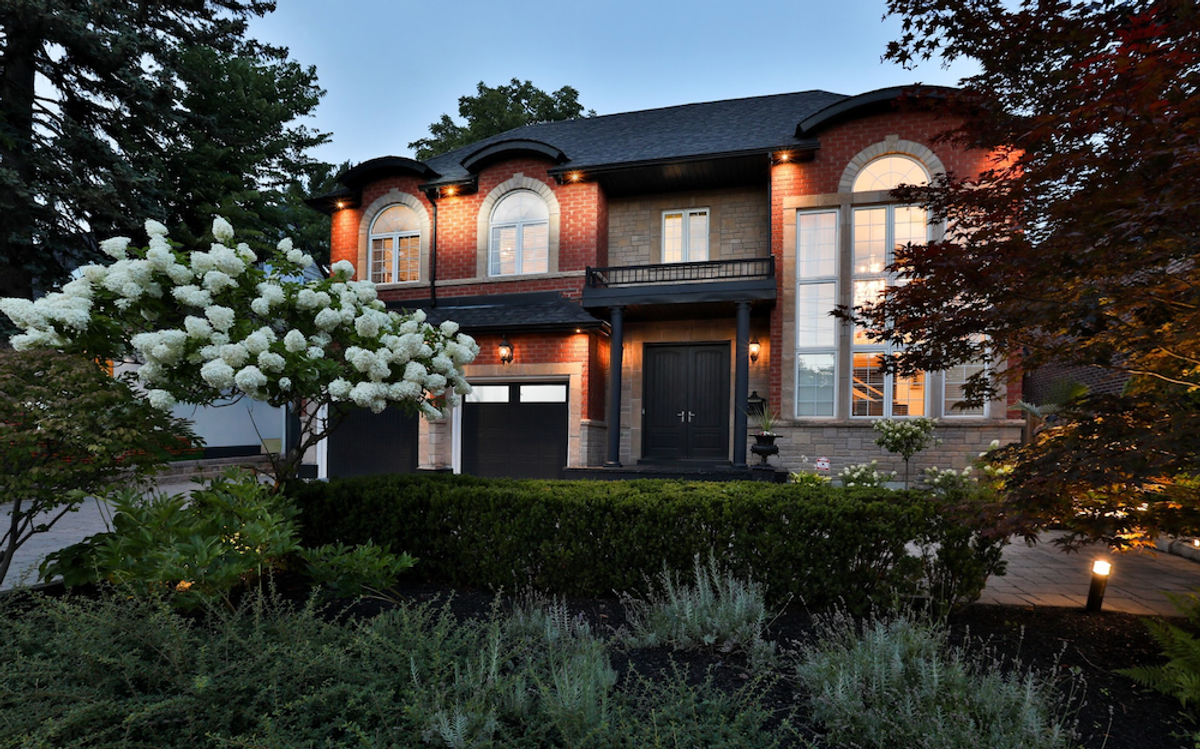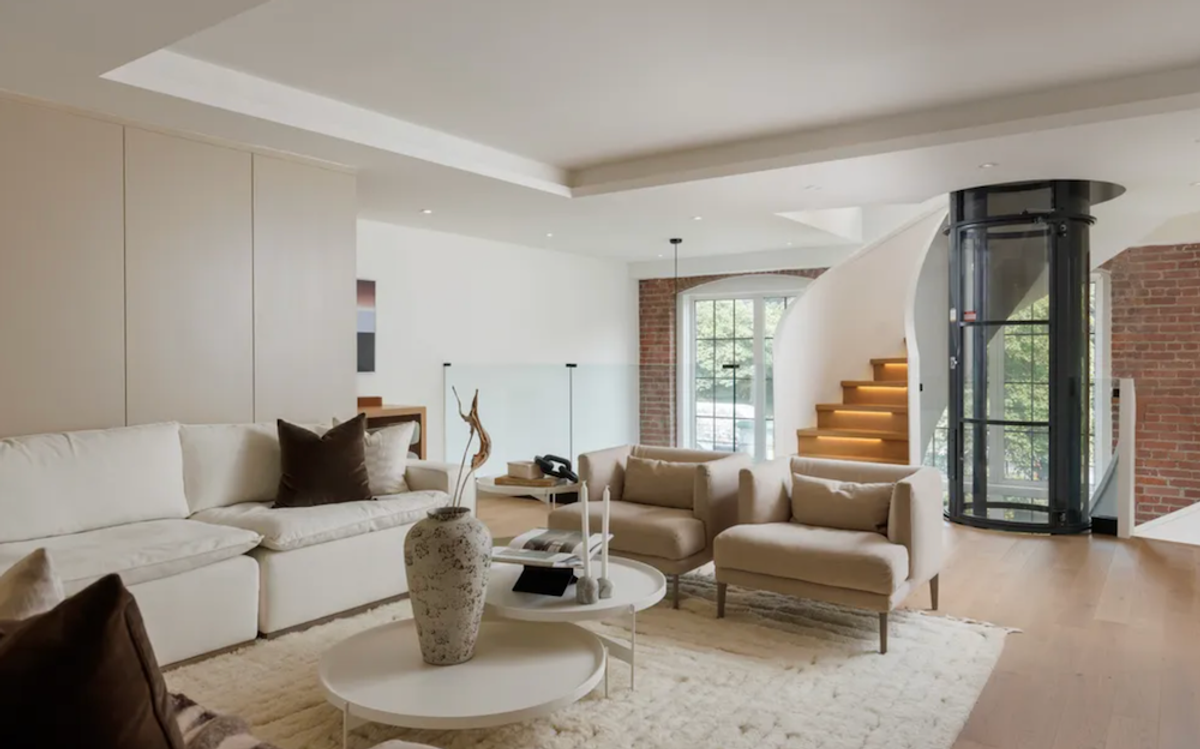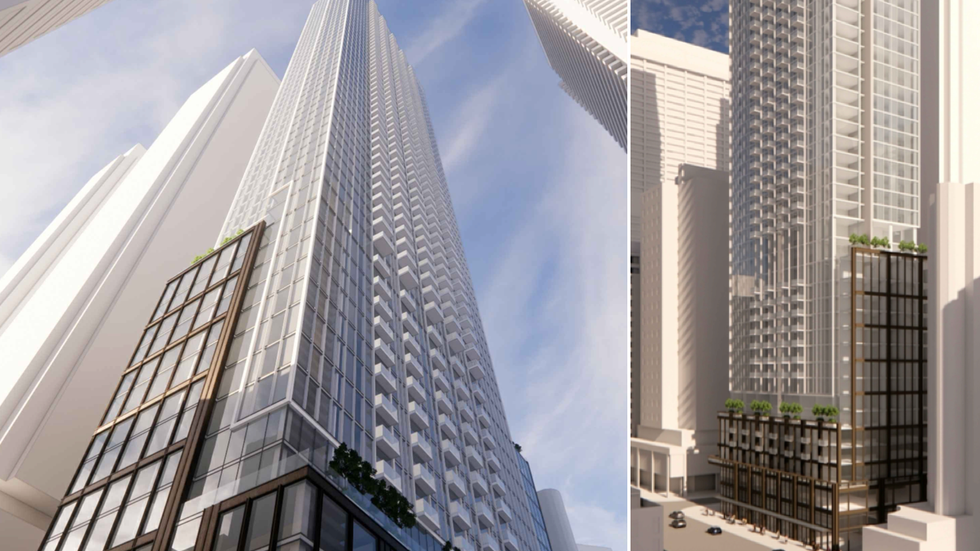Despite constant calls to build, build, build and a recent boom in purpose-built rental (PBR) projects, the narrative is still the same: Ontario is not building rental units fast enough to meet rising demand.
"Without a significant improvement in the economic feasibility of building purpose-built rentals, the projected rental supply deficit will total 207,000 units in the next 10 years," reads the Ontario Rental Market Study Update released Monday by Federation of Rental-housing Providers of Ontario (FRPO), in collaboration with Urbanation.
According to their findings, demand is expected to outpace supply by approximately 71,000 units over the next five years, with an additional 136,000 units of excess rental demand projected over the 2029-2034 period. The shortcoming of supply is due to a number of factors.
Although recent reductions in immigration and temporary foreign worker targets from the federal government may reduce demand in the short-term, this move won't undo years of record immigration into the province. In the last three years, Ontario welcomed over 1.3 million newcomers, during which time the rental supply deficit totalled approximately 147,000 units.
In the period between now and 2016, the deficit totalled 213,000 units, meaning that the bulk of the shortage grew in the high-immigration years since 2021, compared to the lesser 66,000-unit deficit that grew between 2016 and 2021.
By 2034, this deficit is only expected to grow as demand is projected to increase by a total of 418,000 units, while rental supply from both PBRs and condominium rentals is projected to increase by a total of approximately 211,000 units, according to the report.
But in case you haven't heard, 2024 was a blowout year for the delivery of rental supply, with over 50,000 PBRs and condominium rentals hitting the market — the largest single-year increase in supply in over 35 years. Despite the flood of new units, however, the vacancy rate remained in line with the long-term average of 2.7%, still a tight market.
This is, in part, due to the existing deficit, but also to the fact that the other half of the equation — the condo market — is facing a crisis of epic proportions.
In 2024, condominium starts dropped 25% to 28,260 units and over 2,800 projects were cancelled as investors who had financed condo projects with their presale purchasing during the covid feeding frenzy were driven away by a steep decline in demand stemming largely from interest rate hikes as the Bank of Canada reversed its covid-era monetary policy.
Meanwhile, despite record delivery of supply, even PBR starts saw declines in 2024, falling 5% in 2024 to 17,676 units, the first annual decline in rental construction activity in 11 years.
But there is hope for the PBR market, according to the FRPO. It's the condo market that will struggle to land on its feet.
"While purpose-built rental construction is expected to eventually return to its growth trend, rental supply from condominium investors is projected to tighten significantly as condo completions drop to multi-decade lows following the dramatic slowdown in presale activity," says the report.
Though rental starts are falling, this is not to say builders aren't coming to the table.
In 2024, 360,555 purpose-built rental units were proposed for development by builder across the Greater Golden Horseshoe and Ottawa regions. Of that total, 178,000 units were approved but continue to languish in pre-construction as economic feasibility challenges hinter delivery to end-users.
Persistent obstacles to economically feasible development, such as high municipal fees and lengthly approval timelines that add costs to already expensive developments, continue to hamper a rental start recovery — an issue not eased by trade conflict with the U.S.
Policies like the Housing Accelerator Fund and the removal of GST on purpose-built rental projects represent a concerted effort from government to spur rental housing development, but some have called for more dramatic actions, like waiving development charges and property taxes for a period of time.
But more needs to be done.
"The province of Ontario has made progress in growing its pipeline of future rental projects, which can be partly credited to specific policies put in place to encourage more rental development," says the report. "However, the outlook for rental demand tells us that much more work will need to be done to ensure there is sufficient supply in the market over the next decade and beyond."
Looking ahead, the report predicts PBR starts will fall even lower in 2025 and 2026 before resuming growth in 2027, an improvement expected to come along with lower interest rates and construction costs, and more government incentives. That is if tariffs aren't introduced.
In the scenario with no tariffs, PBR starts are projected to total approximately 174,000 units over the next 10 years, increasing by approximately 53% compared to total starts of nearly 114,000 units during the past 10 years, according to the report.
On the condo front, "The depressed conditions in the presale condo market and the sector’s heavy reliance on private individual investors are expected to have a profound impact on construction activity," says the report. In total, starts are projected to amount to approximately 177,000 units over the next 10 years, representing a 40% decline compared to the past 10 years.
In the meantime, completions for both rental types will continue to be delivered in record levels, totalling over 50,000 units in 2025 and 2026, and remaining near a record high in 2027 with approximately 48,000 completions. But after that, things get bleak as the current rental start void results in a falling off of completions through 2028 and 2029 when they are expected to hit a 10-year low of 26,000 unit completions.
- STOREYS' Trend Of The Year: The Pivot To Purpose-Built Rentals ›
- Over 2,800 GTHA Condo Units Were Cancelled In 2024 — The Most In A Year Since 2020 ›
- STOREYS' Issue Of The Year: The Condo Market ›
- Toronto's Crane Count Is Double That Of Closest Competitor ›
- Average Canadian Rent Down For Ninth Consecutive Month ›
